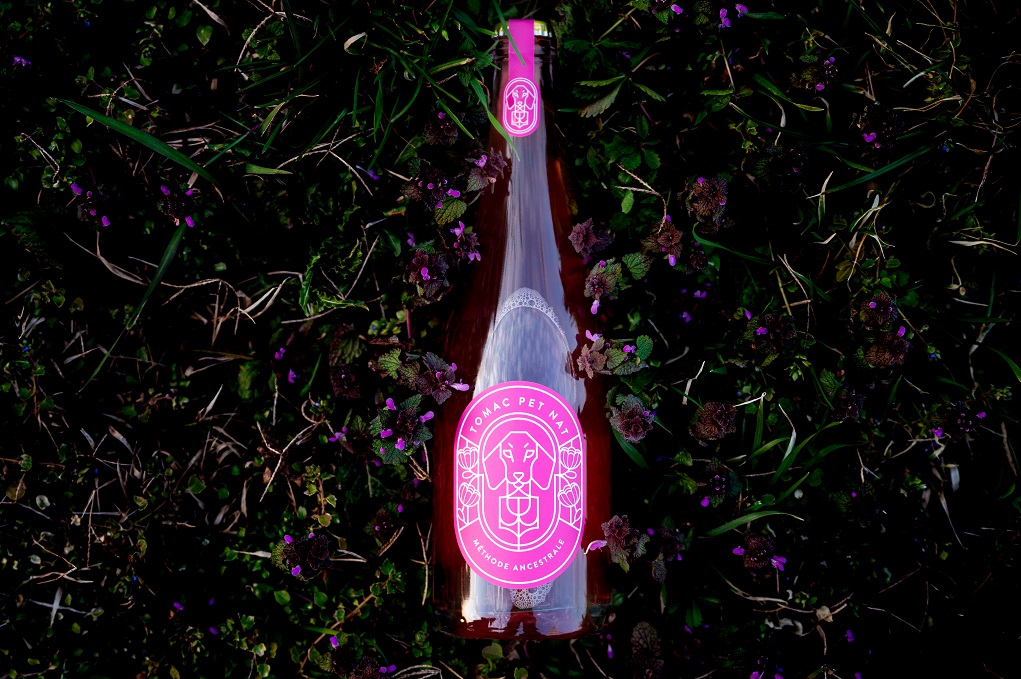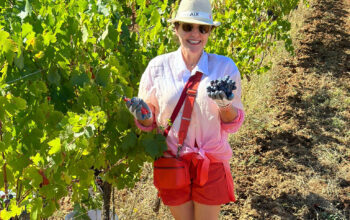Overboard with the traditions. You drink bubbles all year round. They always taste good and are good friends with almost any food. So does it have to be champagne? Well no, there is so much choice when it comes to sparkling wine. This time in the spotlight: pet-nat. - TEXT NIELS VAN LAATUM | IMAGE TOMAC (CROATIA)
It's always time for pétillant naturel
In an edition like this, the primordial bubble should not be missing. Because no, champagne was not the first sparkling wine. That honour goes to méthode ancestrale. Also natural pétillant, or cap-nat in natural wine country - because that's where the go-to sparkling wine.
How did it come about?
Pétillant naturel is a French discovery made by a Benedictine monk from the abbey of Saint-Hilaire, in the south-west of the country. Who, in the spring of 1531, was surprised to see that wine bottled the previous winter had developed bubbles. He decided to perfect this method with his fellow brethren. This led to the famous Blanquette de Limoux, as officially recorded on 25 October 1544. It took another 100-plus years before the first sparkling wine in the Champagne region saw the light of day.
Where does it come from?
The first pétillant naturel to be officially recognised as a name in an appellation for the first time is Montlouis Pétillant Naturel AOC in the Loire, created in 2007 specifically for this wine made from chenin blanc grapes. Along with Blanquette de Limoux, these are wines that colour neatly within the lines of local regulations. Much more often you see pet-nats falling outside the rules.
(...)
Want to read more about PET-NAT? Then order here WINELIFE edition 80.
Don't want to miss a single edition? Subscribe then subscribe to WINELIFE Magazine now!
Want to stay up to date with the best articles? Follow WINELIFE magazine on Instagram, Facebook and sign up for our fortnightly newsletter.




